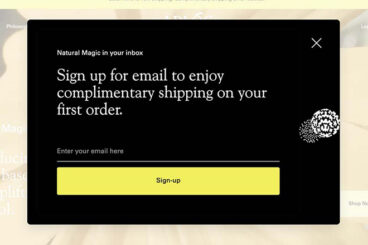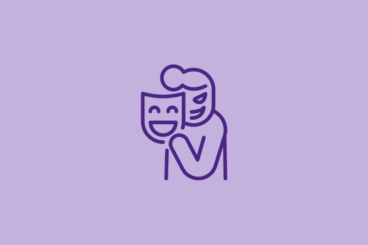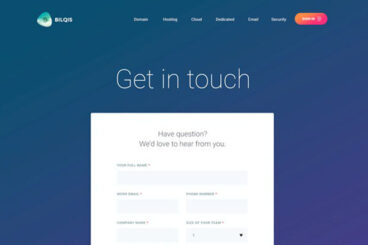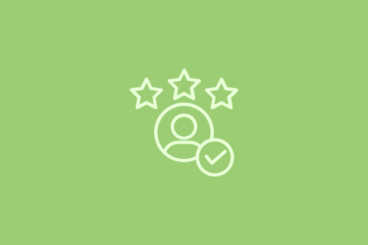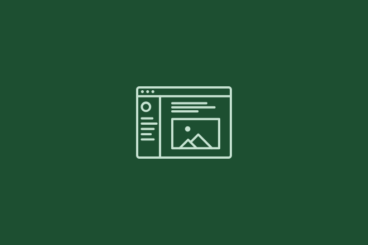
UX Design / 7 Jan 2025
Motion in Design: How Animation Enhances User Experience
In today’s fast-paced digital landscape, static websites with just images and videos are not enough to maintain people’s attention. Users now expect more engaging experiences with interactions and animations that bring designs to life.
This is why motion design has been a big part of website and user interface designs. It helps take designs beyond just visuals and information to turn them into memorable, dynamic user experiences.
Today, we explore the world of motion design to see how animation enhances user experience and boosts user interactions as well as engagement. Let’s dive in.






